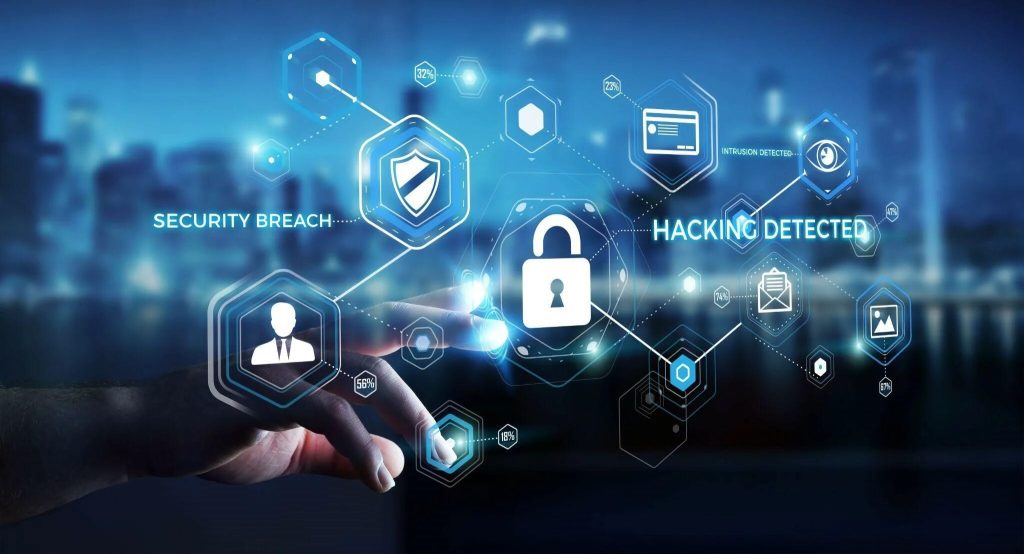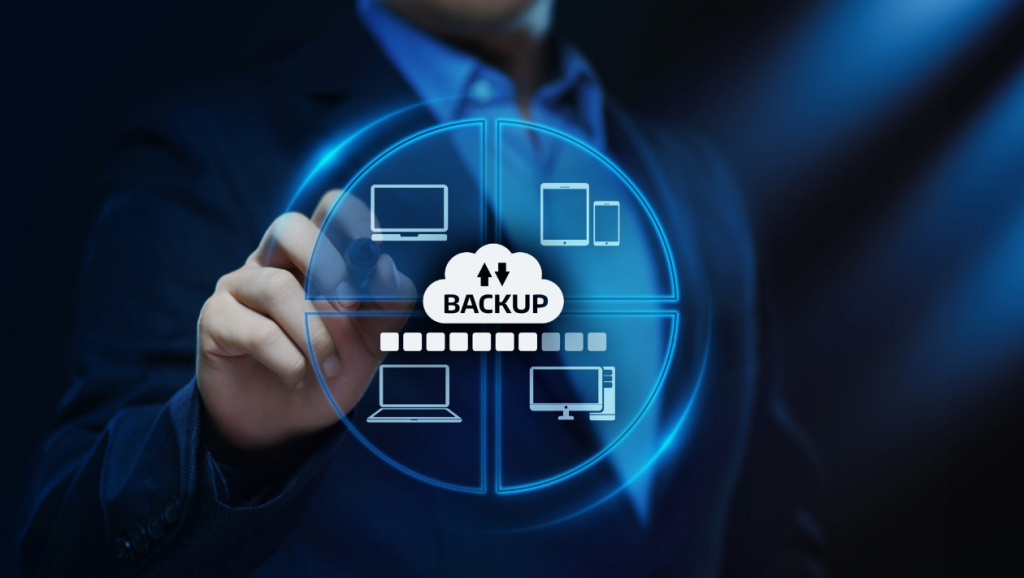
Data security stands at the center of modern business operations. As companies become more dependent on digital platforms, the volume and sensitivity of the data they store and manage increases. Customer trust, brand reputation, and operational continuity all depend on keeping that information safe.
Cyberattacks are becoming more advanced. According to IBM’s 2023 Cost of a Data Breach Report, the average cost of a single data breach reached $4.45 million globally, with the United States experiencing the highest average cost. These numbers make it clear: protecting data isn’t an optional extra. It’s foundational to long-term success.
Michael Shvartsman, entrepreneur and business strategist from Miami, points out, “Data protection is no longer the responsibility of a single department. It’s a company-wide commitment, and that starts with strong leadership.”
1. Build a Security-First Culture
The most advanced tools are ineffective if employees aren’t trained to recognize risks. Many breaches start with simple mistakes like clicking a malicious link or using weak passwords. Building awareness helps reduce exposure.
Regular training, simulated phishing attempts, and company-wide policies on acceptable digital behavior help establish clear expectations. Employees must understand that their daily choices have real impact on company safety.
Michael Shvartsman notes, “Training is one of the strongest defenses. People are often the weakest link in a security chain, but they can also be the first line of defense when empowered properly.”
2. Implement Multi-Factor Authentication (MFA)
MFA adds a second layer of verification beyond passwords, typically using mobile devices, biometric data, or physical tokens. It makes it significantly harder for attackers to gain unauthorized access, even if they’ve obtained a user’s credentials.
Recent surveys from Microsoft show that using MFA can block over 99% of automated attacks. It’s a low-cost, high-return method of reducing risk, and it’s becoming standard practice for organizations of all sizes.

3. Keep Software and Systems Updated
Outdated software is a frequent point of entry for cybercriminals. Every system used in an organization—from cloud services to internal servers—must be monitored and updated regularly to address new vulnerabilities.
Automated update tools and centralized IT oversight help ensure patches and upgrades happen without delay. Organizations that lag behind on security updates are more likely to experience preventable incidents.
4. Restrict Access Based on Roles
Data access should be granted based on necessity. Not every employee needs the same level of access to sensitive systems or customer information. The principle of least privilege ensures users only see what they need to do their jobs.
Role-based access reduces the chance of internal misuse and limits damage if an account is compromised. It also simplifies audits and tracking.
5. Encrypt Sensitive Information
Encryption protects data by transforming it into unreadable formats unless the correct decryption key is used. This applies both when data is stored (at rest) and when it’s being transferred (in transit).
End-to-end encryption is especially important for industries that handle medical records, financial data, or legal information. Encryption ensures that even if attackers get to the data, they can’t use it without the encryption key.

6. Back Up Data Regularly
Ransomware attacks often work by encrypting an organization’s data and demanding payment for its return. Regular backups, stored offline or in separate networks, provide a safety net.
It’s important to test backups periodically to ensure they’re functional and complete. Speed of recovery can determine how much disruption a business experiences during an incident.
7. Monitor for Unusual Activity
Modern cybersecurity platforms use artificial intelligence to detect behavior that doesn’t match normal patterns. If a user suddenly downloads large volumes of data or logs in from an unfamiliar location, alerts can be triggered.
Continuous monitoring doesn’t just help detect threats—it also improves response time. The quicker a company notices a breach, the less damage it’s likely to face.
Michael Shvartsman adds, “You can’t defend what you can’t see. Businesses must keep watch, adapt quickly, and stay informed about the latest threats.”
8. Establish an Incident Response Plan
Even with strong defenses, no system is completely invulnerable. That’s why having a response plan in place matters. A documented procedure helps employees act fast during emergencies.
Plans should outline:
- who to contact,
- how to isolate affected systems,
- how to inform stakeholders,
- steps for restoring normal operations.
Time is critical during a breach, and a prepared team can avoid panic and reduce consequences.
Cybersecurity is a continuous process. Technology evolves, threats shift, and attackers look for new opportunities every day. The companies that stay prepared are those that treat security as a central business function—not a technical afterthought.
Michael Shvartsman offers this closing thought: “Security isn’t something to set and forget. It’s about staying one step ahead, asking the right questions, and building systems that can stand up to pressure. In today’s world, trust depends on it.”
By putting these best practices into action, businesses can safeguard their data, preserve trust, and maintain focus on their long-term goals—even in an unpredictable digital environment.
